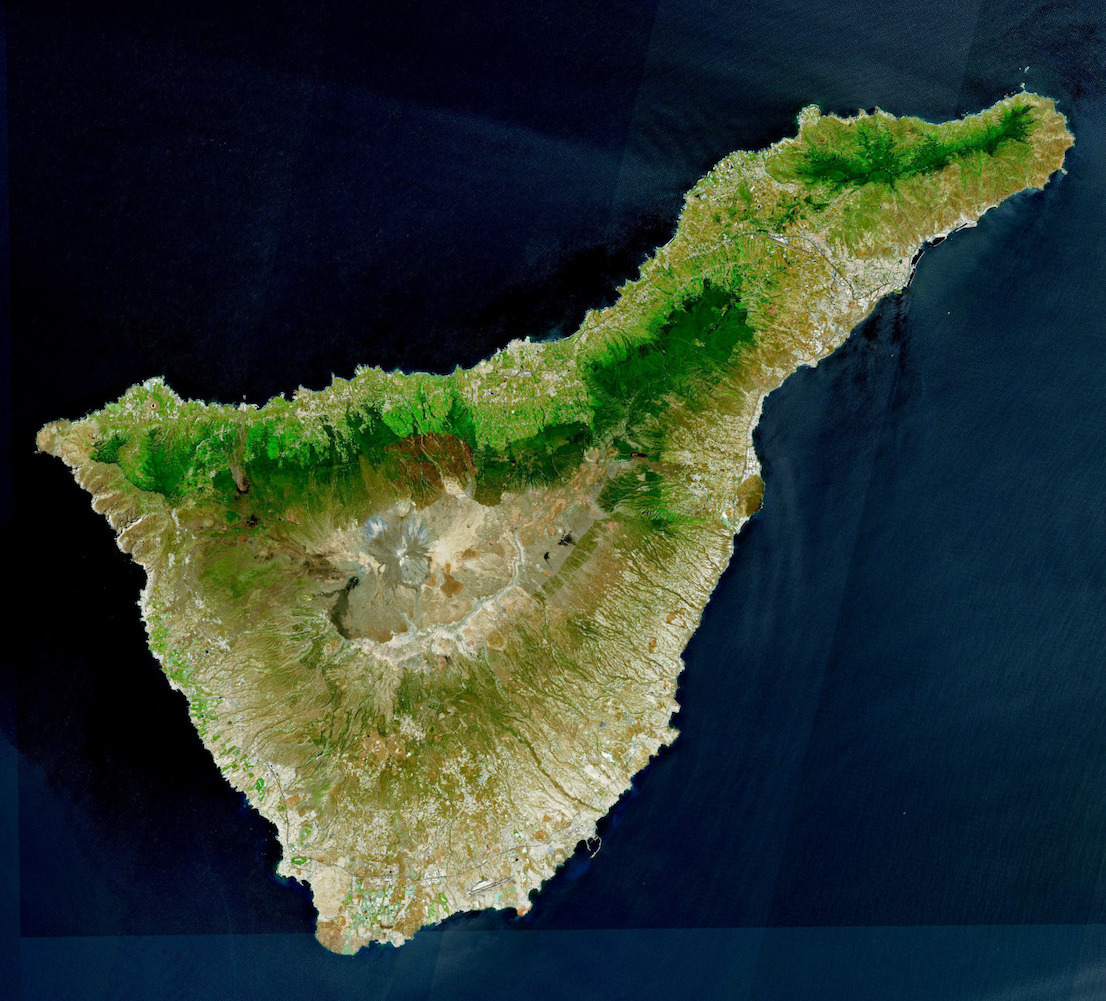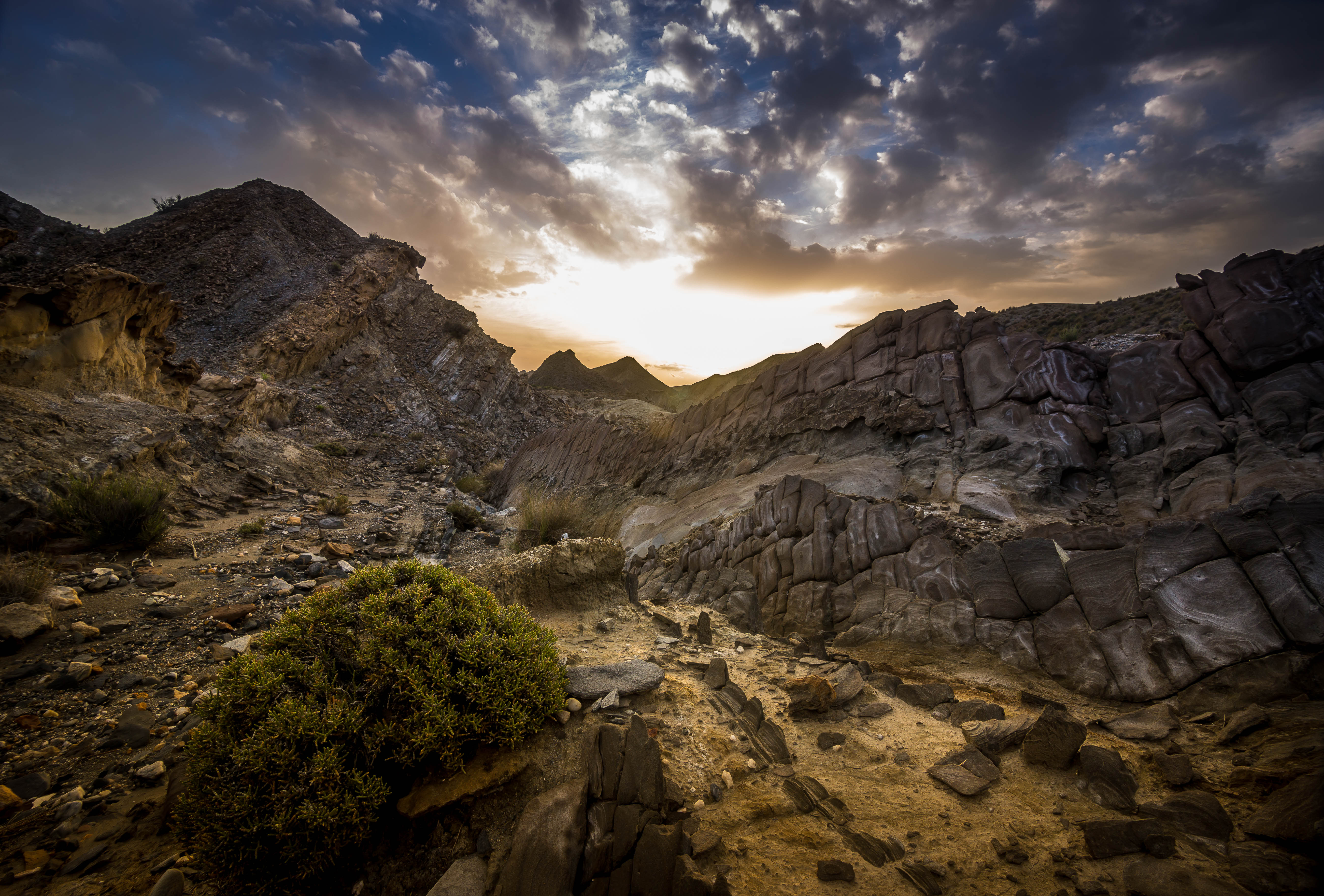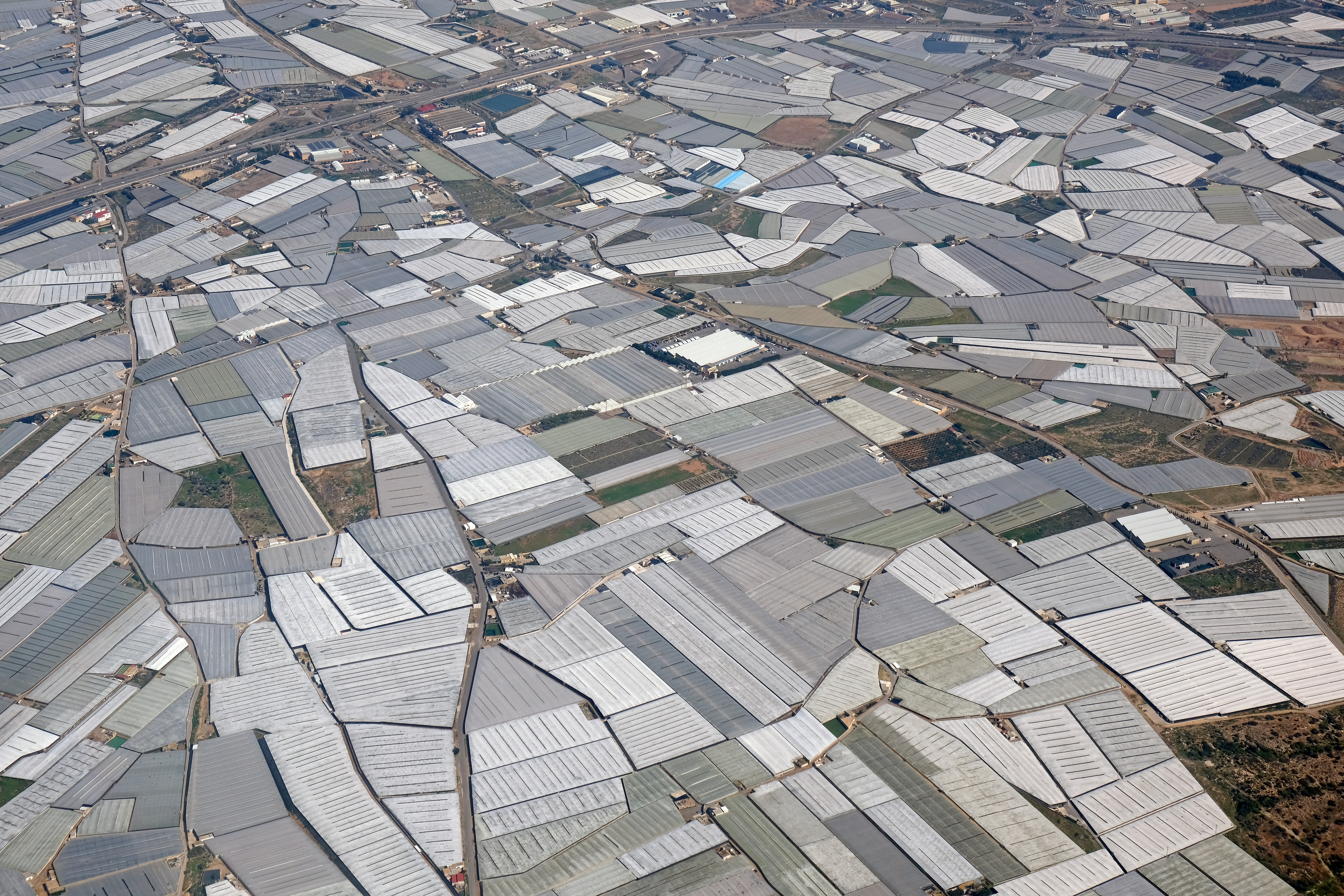|
Rescue Under Fire
''Rescue Under Fire'' () is a 2017 Spanish war film directed by Adolfo Martínez set in Afghanistan. It stars Ariadna Gil, Raúl Mérida, Roberto Álamo and Antonio Garrido. Plot The plot dramatises a real August 2012 incident in Afghanistan north of Bala Murghab involving the rescue of a Spanish Army's wrecked Super Puma helicopter from the Taliban insurgency. Cast Production ''Rescue Under Fire'' was produced by Tornasol Films, Castafiore Films, Hernández y Fernández and Rescate AIE, and it had the participation of RTVE and Movistar+, support from the Spanish Ministry of Defence and Armed Forces, collaboration of ICAA and funding from ICO. It had a €5 million budget. It was shot in locations of the province of Almería (including the Tabernas Desert and the "Álvarez de Sotomayor" Military Base in Viator), the Madrid region ( Colmenar Viejo) as well as in Tenerife (primarily indoor footage). Release Distributed by eOne Films, the film was theatrically re ... [...More Info...] [...Related Items...] OR: [Wikipedia] [Google] [Baidu] |
Ariadna Gil
Ariadna Gil i Giner (; born 23 January 1969) is a Spanish actress. She is known for her performances in films such as ''Belle Époque'' (for which she won the Goya Award for Best Actress), '' Black Tears'' and '' Pan's Labyrinth''. Career Gil made her feature film debut as an actress in Bigas Luna's ''Lola'' (1986). After four films primarily in Catalan, though partly in Spanish and French, she took part in a movie exclusively in Spanish shot in 1991, Emilio Martínez Lázaro's '' Amo tu cama rica'', and has gone on to star in myriad films and series in Catalan, Spanish, French and English, among other languages. Between 1993 and 2007, she performed in more than thirty films, including '' Libertarias'', directed by Vicente Aranda; '' Pan's Labyrinth'', directed by Guillermo del Toro; and '' Soldados de Salamina'', directed by her former husband David Trueba. Personal life Gil was married to screenwriter, director, and novelist David Trueba with whom she has two children. ... [...More Info...] [...Related Items...] OR: [Wikipedia] [Google] [Baidu] |
ABC (Spain)
''ABC'' () is a Spanish national daily newspaper. Along with and , it is one of Spain's three newspapers of record. History and profile ''ABC'' was first published in Madrid on 1 January 1903 by Torcuato Luca de Tena y Álvarez-Ossorio. The founding publishing house was Prensa Española, which was led by the founder of the paper, Luca de Tena. The paper started as a weekly newspaper Weekly newspaper is a general-news or Current affairs (news format), current affairs publication that is issued once or twice a week in a wide variety broadsheet, magazine, and electronic publishing, digital formats. Similarly, a biweekly newspap ..., turning daily in June 1905. In 1928 ABC had two editions, one for Madrid and the other for Seville. The latter was named ''ABC de Sevilla''. On 20 July 1936, shortly after the Spanish Civil War began, ''ABC'' in Madrid was seized by the republican government, which changed the paper's politics to support the Republicans. The same year '' Blanc ... [...More Info...] [...Related Items...] OR: [Wikipedia] [Google] [Baidu] |
Cinemanía
''Cinemanía'' is a monthly film magazine based in Madrid, Spain Spain, or the Kingdom of Spain, is a country in Southern Europe, Southern and Western Europe with territories in North Africa. Featuring the Punta de Tarifa, southernmost point of continental Europe, it is the largest country in Southern Eur .... It has been in circulation since 1995. History and profile ''Cinemanía'' was first published in October 1995. The magazine is headquartered in Madrid. It was part of Prisa Revistas, a subsidiary of PRISA company. It was published by Promotora General de Revistas, S.A and comes out monthly. In 2018, ''Cinemanía'' was acquired by Grupo Henneo. ''Cinemanía'' covers both Spanish movies and international ones. It also features interviews, reports and reviews. ''Cinemanía'' was redesigned in May 2002 and in October 2005. References External links * {{DEFAULTSORT:Cinemania 1995 establishments in Spain Film magazines published in Spain Magazines establishe ... [...More Info...] [...Related Items...] OR: [Wikipedia] [Google] [Baidu] |
Tenerife
Tenerife ( ; ; formerly spelled ''Teneriffe'') is the largest and most populous island of the Canary Islands, an Autonomous communities of Spain, autonomous community of Spain. With a land area of and a population of 965,575 inhabitants as of April 2025, it is the most populous island in Spain and the entire Macaronesia region. Tenerife is also home to 42.7% of the total population of the archipelago. More than seven million tourists (7,384,707 in 2024) visit Tenerife each year, making it by far the most visited island in the archipelago. It is one of the most important tourist destinations in Spain and the world, hosting one of the world's largest carnivals, the Carnival of Santa Cruz de Tenerife. The capital of the island, , is also the seat of the island council (). That city and are the co-capitals of the Autonomous communities of Spain, autonomous community of the Canary Islands. The two cities are both home to governmental institutions, such as the offices of the preside ... [...More Info...] [...Related Items...] OR: [Wikipedia] [Google] [Baidu] |
Colmenar Viejo
Colmenar Viejo () is a town and municipality of about 48,614 inhabitants, located in the Community of Madrid, Spain, 30 kilometers north of Madrid on the M-607 motorway. It belongs to the comarca of Cuenca Alta del Manzanares. Main sights In the town, there are many archeological sites, most of them come from Hispanic-Visigothic times, with household areas and burials. The most important tourist attractions places in Colmenar Viejo are: * Basilica de Nuestra Señora de la Asunción * Ermita de Remedios, saint of the town * Visigothic archaeological tombs Physical environment Colmenar Viejo's municipality has a size of 182.6 square kilometres (70.5 square miles), the third largest in the province of Madrid, after Madrid and Aranjuez. Traditional granite mining has been changing Colmenar Viejo's landscape. As a result of livestock farming, mainly cow and horse cattle, grassland has been taking a main role. A large part of land under Colmenar Viejo's jurisdiction is inside of ... [...More Info...] [...Related Items...] OR: [Wikipedia] [Google] [Baidu] |
Community Of Madrid
The Community of Madrid (; ) is one of the seventeen autonomous communities and 50 provinces of Spain, provinces of Spain. It is located at the heart of the Iberian Peninsula and Meseta Central, Central Plateau (); its capital and largest municipality is Madrid. The Community of Madrid is bounded to the south and east by Castilla–La Mancha and to the north and west by Castile and León. It was formally created in 1983, in order to address the particular status of the city of Madrid as the capital of the Spanish State and in urban hierarchy. Its boundaries are coextensive with those of the province of Madrid, which was until then conventionally included in the historical region of New Castile (Spain), New Castile (''Castilla la Nueva''). The Community of Madrid is the third most populous in Spain with 7,058,041 (2024) inhabitants, roughly a seventh of the national total, mostly concentrated in the metropolitan area of Madrid. It is also the most densely populated autonomous comm ... [...More Info...] [...Related Items...] OR: [Wikipedia] [Google] [Baidu] |
Viator
Viator is a municipality of Almería province, in the autonomous community of Andalusia, Spain. José Brocca lived here. Demographics See also *List of municipalities in Almería Almería (province), Almería is a provinces of Spain, province in the Autonomous communities of Spain, autonomous community of Andalusia, Spain, which is divided into 103 Municipalities of Spain, municipalities. Spanish census, Almería is t ... References External links *Viator��Sistema de Información Multiterritorial de Andalucía *�� Diputación Provincial de Almería Municipalities in the Province of Almería {{Almería-geo-stub ... [...More Info...] [...Related Items...] OR: [Wikipedia] [Google] [Baidu] |
Tabernas Desert
The Tabernas Desert () is a desert located within Spain's south-eastern province of Almería. It is in the interior, about north of the provincial capital Almería, in the Tabernas municipality in Andalusia. It is the only desert in Europe, since most of its area has a desert climate. Due to its high elevation and mountainous location, it has slightly higher annual precipitation (more than per year), and lower annual average temperature (temperatures below ) than coastal areas of Almeria. It is a nature reserve (protected area) that spans . File:Tabernas2.jpg, The desert of Tabernas. File:Altiplano de Granada.jpg, View of the Badlands on the Granada Plateau. File:Amanecer en el desierto.jpg, Somewhere in the Tabernas Desert. January 2017. The Tabernas Desert is located between the Sierra de los Filabres to the north, the Sierra Alhamilla to the south-southeast and the Sierra Nevada to the west. Climate The Tabernas Desert is defined mainly by a hot desert climate, ... [...More Info...] [...Related Items...] OR: [Wikipedia] [Google] [Baidu] |
Province Of Almería
Almería (, also ; ) is a province of the autonomous community of Andalusia, Spain. It was named after the Arab ruler of Taifa, Banu Al-Miri. It is bordered by the provinces of Granada, Murcia, and the Mediterranean Sea. Its capital is the homonymous city of Almería. Almería has an area of . With 701,688 (2014) inhabitants, its population density is 79.96/km2, slightly lower than the Spanish average. It is divided into 103 municipalities. Geography The highest mountain range in the Province of Almería is the long Sierra de Los Filabres, a subrange of the Sierra Nevada. Europe's driest area is found in Almería and is part of the Cabo de Gata-Níjar Natural Park. The arid landscape and climate of the province have made it an ideal setting for Western films, especially during the 1960s. Because of the demand for these locations, quite a number of Western towns were built near the Tabernas Desert. Films such as ''A Fistful of Dollars'', ''For a Few Dollars More'', and '' T ... [...More Info...] [...Related Items...] OR: [Wikipedia] [Google] [Baidu] |
Instituto De Crédito Oficial
The Official Credit Institute (; ICO) is a Spanish lending institution. Its functions include funding investment projects and the assistance for the liquidity needs of Spanish companies. It also operates as State Financial Agency. A successor to the ''Instituto de Crédito a Medio y Largo Plazo'', the ICO was created in 1971 following the as public law entity (''entidad de derecho público''). Previously under the jurisdiction of the Ministry of Economy and Finance, it became a State company in 1989. The bank is currently attached to the Ministry of Economic Affairs and Digital Transformation through the . Presidents The presidents of the ICO are listed as follows: * Rafael Bermejo Blanco (1978–1982) * (1982) * Julián García Vargas (1982–1985) * (1986–1995) * Fernando Becker Zuazua (1996–1998) * José Gasset Loring (1999–2000) * Ramón Aguirre Rodríguez (2000–2003) * (2004–2009) * José María Ayala Vargas (2009–2011) * Román Escolano Olivares (2 ... [...More Info...] [...Related Items...] OR: [Wikipedia] [Google] [Baidu] |
ICAA (Spain)
The Institute of Cinematography and Audiovisual Arts (; ICAA) is a Spanish government agency, charged with the planning of policies to support the film industry and audiovisual production. It depends on the Ministry of Culture. It is a member of the European Film Promotion (EFP) network on behalf of Spain. History Through the Law 50/1984 of 30 December 1984, the ICAA was created in 1985. In 1986, Fernando Méndez-Leite replaced Pilar Miró at the helm of the ICAA. Miguel Marías became the director general in 1988, whereas Enrique Balmaseda served as head from 1990 to 1992. Role The ICAA manages the subsidies to the film industry provided by the General State Budget. It is charged with ensuring free competition in the audiovisual sector. The institute is also tasked with encouraging cooperation with similar bodies from other countries as well as with cooperating with the regional administrations of the different autonomous communities The autonomous communities () are ... [...More Info...] [...Related Items...] OR: [Wikipedia] [Google] [Baidu] |
Spanish Armed Forces
The Spanish Armed Forces are in charge of guaranteeing the sovereignty and independence of the Spain, Kingdom of Spain, defending its territorial integrity and the constitutional order, according to the functions entrusted to them by the Spanish Constitution of 1978, Constitution of 1978. They are composed of: the Spanish Army, Army, the Spanish Air and Space Force, Air and Space Force, the Spanish Navy, Navy, the Spanish Royal Guard, Royal Guard, and the Military Emergencies Unit, as well as the so-called Common Corps of the Spanish Armed Forces, Common Corps. Spain occupies a prominent position in the structure of NATO, which it joined in 1982. Yet, it spends significantly less than 2% of GDP on defence, as advised by NATO. This puts it among the countries with the lowest spending within NATO. Spain has the oldest Spanish Marine Infantry, Marine Infantry in the world and the oldest permanent military units in the world: the ''Infantry Regiment "Inmemorial del Rey" No. 1'' and ... [...More Info...] [...Related Items...] OR: [Wikipedia] [Google] [Baidu] |





